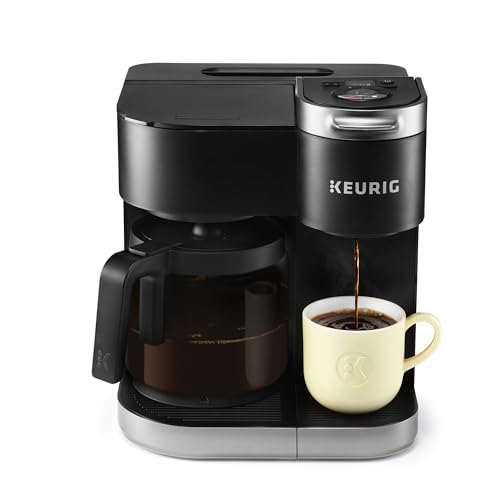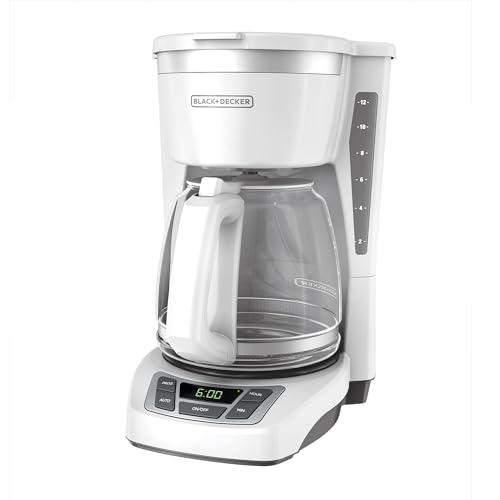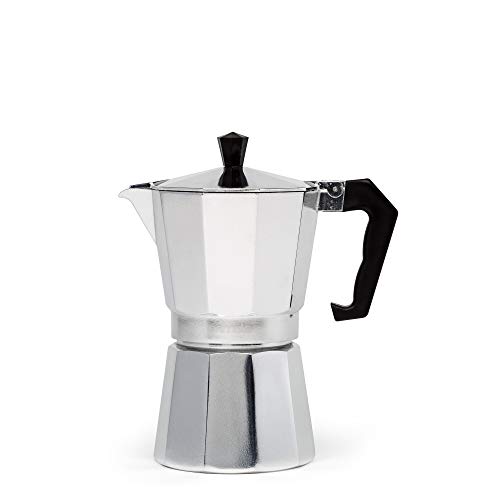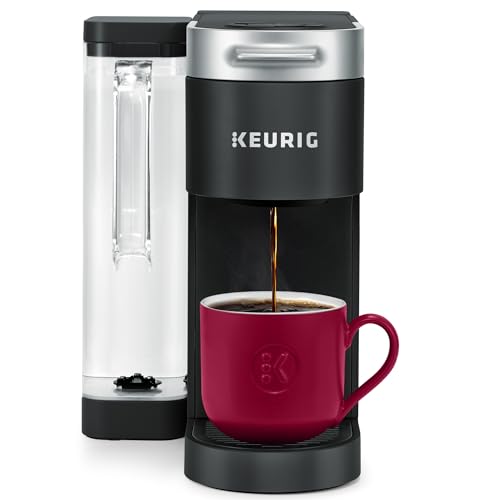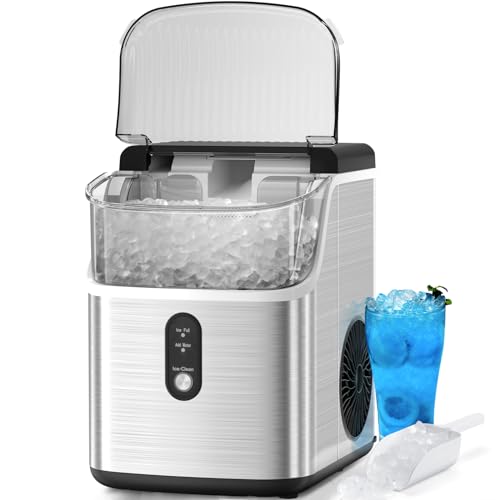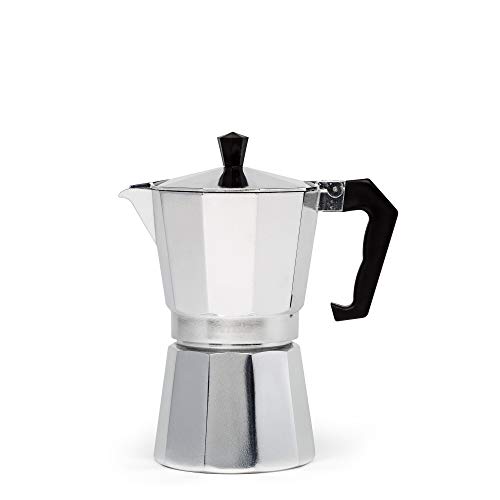How Do Lime Juicers Work? This question might pique the interest of many, particularly those invested in culinary arts or nutrition. Lime juicers, simple yet effective tools, are a staple in many kitchens worldwide.
They transform the laborious task of manual juicing into a swift, effortless process. But what underlies their seemingly simple operation? This document aims to unravel the mechanics of lime juicers and shed light on their working principles.
While this introductory section won’t delve into the technical nuances, it’s important to understand the broad strokes. The subsequent sections will further explore the intricate details of how these handy kitchen gadgets operate.
So, whether you’re a seasoned chef, a mixologist, a health enthusiast, or just an individual curious about how things work, this comprehensive guide about the workings of lime juicers will surely be of value. Stay tuned as we delve deeper into the fascinating world of lime juicers.
How Do Lime Juicers Work?
Lime juicers leverage a simple mechanism: the application of pressure. The majority of lime juicers consist of two primary components: a conical domed lid and a bowl-like bottom.
The conical part is designed to fit into the half-cut lime, and the bowl serves as a reservoir to collect the juice. When pressure is exerted on the lid, the lime is squeezed, and juice drains through the perforations into the bowl.
This operation is based on the principle of levers. The user’s force applied on the handles is magnified, facilitating the extraction of juice with minimal effort. The pivot point, or fulcrum, is where the two parts of the juicer are connected. This allows the top and bottom sections to apply force evenly across the surface of the lime, maximizing juice extraction.
Manual lime juicers are typically made of metal or plastic. Metal variants, often composed of stainless steel or aluminium, are sturdy and long-lasting. They do not react with the acidic lime juice, preserving its natural taste. Plastic models, on the other hand, are lighter and more affordable but may not last as long.
The design of lime juicers also plays a part in their functionality. Some models have elongated handles for a comfortable grip, giving the user more leverage. Others feature a unique strainer design to filter out seeds and pulp, ensuring only pure juice is collected.
The efficiency of a lime juicer largely depends on its design and the materials used in its construction.
Different Types of Lime Juicers
There are several types of lime juicers available in the market, each offering unique features and advantages. Understanding these variations can help individuals choose the right tool that fits their needs and preferences.
Manual citrus juicers are the most common type found in households. They’re simple to use and require no electricity, making them handy for outdoor events like picnics or camping trips. They’re usually compact, easy to clean, and offer a decent amount of leverage for minimal effort.
Electric citrus juicers, on the other hand, are a step up in terms of convenience and speed. They’re particularly useful when juicing large quantities of limes or other citrus fruits. With a motorized reamer, they extract juice efficiently and hands-free, but they tend to be bulkier and require a power source.
Bar juicers, also known as Mexican Elbow or bartender’s citrus press, are another popular variety. These heavy-duty tools are designed for frequent use and can withstand the rigors of a busy kitchen or bar. Their robust construction and efficient juice extraction make them a favourite among professionals.
Citrus reamers are the simplest form of lime juicers, consisting of a handle and a ridged, conical head. They’re manual tools, requiring the user to twist the reamer into the fruit to extract the juice. While they may require more effort than other types, they’re affordable and easy to store.
Lastly, citrus spray juicers are a modern twist on traditional juicers. They are attached directly to the fruit, converting it into a ‘spray bottle’ of fresh juice. Ideal for garnishing dishes or cocktails, they provide a fun and novel way to use citrus fruits.
Each type of lime juicer has its strengths and drawbacks. The choice largely depends on the user’s specific requirements, the amount of juice needed, the frequency of use, and personal preferences.
Benefits of Using a Lime Juicer

Using a lime juicer offers a multitude of benefits. Its primary advantage lies in its ability to extract the maximum amount of juice from limes with little effort. This makes it a valuable tool for those who frequently use lime juice in their recipes or drinks.
Juicers ensure that no part of the lime is wasted. In addition to juice, they can also extract essential oils from the peel. These oils add a robust, tangy flavor to dishes and cocktails, enhancing their taste profile.
Furthermore, lime juicers are designed to separate the juice from the seeds and pulp. This results in smooth, pure juice that blends seamlessly into recipes. Without a juicer, straining these elements manually can be a tedious task.
Lime juicers come in a variety of sizes and styles, catering to different needs and preferences. Whether you prefer a simple, manual citrus reamer or a high-speed electric juicer, there’s an option for everyone.
Lastly, using a lime juicer can contribute to a healthier lifestyle. Lime juice is rich in vitamin C and other nutrients, and having a juicer at hand encourages the regular use of fresh lime juice over processed alternatives. This simple swap can lead to improved health and well-being.
In conclusion, a lime juicer is more than just a kitchen gadget. It’s a tool that streamlines the juicing process, enhances the taste of your meals and drinks, and promotes a healthier, fresh-juice-infused lifestyle.
FAQs about Lime Juicers
Lime juicers are a great asset in any kitchen or bar. They yield more juice, eliminate seeds and pulp, and make your culinary or cocktail preparation much easier. Here are a few common questions people often have about lime juicers.
1. Why should I use a lime juicer instead of squeezing limes by hand?
A lime juicer is a superior option to hand-squeezing for several reasons. First, a juicer extracts more juice than you would typically get by hand. This efficiency is especially beneficial if you’re using limes frequently or in large quantities.
Second, lime juicers separate the seeds and pulp from the juice, resulting in a smoother, purer liquid. This feature saves you the trouble of manually straining these elements out.
Finally, using a juicer minimizes the contact between your skin and the acidic lime juice, which can sometimes cause irritation or dryness.
2. What’s the difference between a manual and an electric lime juicer?
Manual lime juicers require human force to extract juice, whereas electric juicers leverage a motor to do the work. Manual juicers are simple, portable, and affordable. They don’t require a power source, making them great for outdoor use.
Electric juicers, however, are more efficient and convenient, especially when juicing large quantities. They’re hands-free and generally yield more juice. However, they’re bulkier, more expensive, and need electricity to operate.
3. Is there a significant difference in taste when using a lime juicer?
Using a lime juicer can indeed improve the taste of your recipes. The juicer maximizes juice extraction, ensuring you get every bit of flavor from the lime. Additionally, some juicers can extract essential oils from the peel, further enhancing the flavor.
Lime juicers also ensure that no seeds or excess pulp make their way into your juice, providing a smoother consistency that blends seamlessly into your dishes or drinks. So, you’re likely to notice a difference in taste—typically, a better one—when using a lime juicer.
Final Thought
Investing in a lime juicer can certainly elevate your culinary or mixology game. With multiple options available, it’s easy to find one that suits your needs and budget. A lime juicer not only simplifies the process of juice extraction but also ensures you get the most out of each lime.
Choosing the right juicer may seem daunting initially, but understanding how each type works can help. Consider your usage frequency, quantity of juice needed, and whether you’ll be using it in a home or professional setting.
Each juicer type offers unique advantages, whether it’s the simplicity and portability of manual juicers, the efficiency of electric ones, or the robustness of bar juicers.
In the end, the key lies in balancing your specific requirements with the features and benefits of each lime juicer. By doing so, you can ensure that the chosen juicer will be a worthwhile addition to your kitchen or bar repertoire, enhancing your dishes and drinks with the freshness of well-extracted lime juice.
